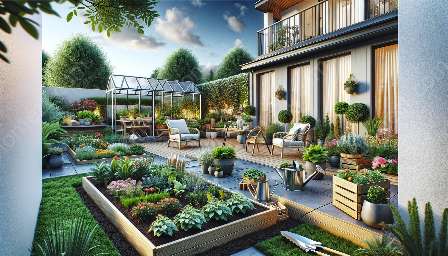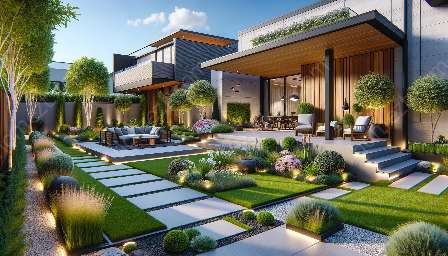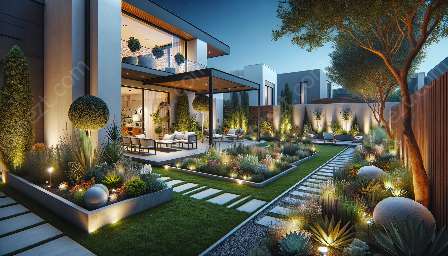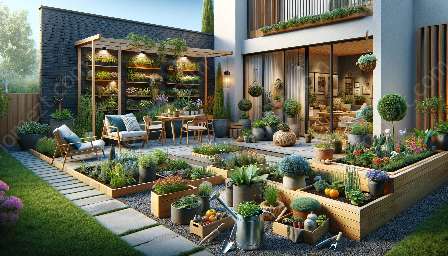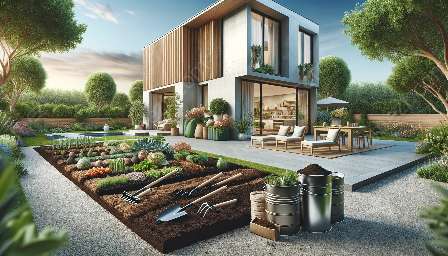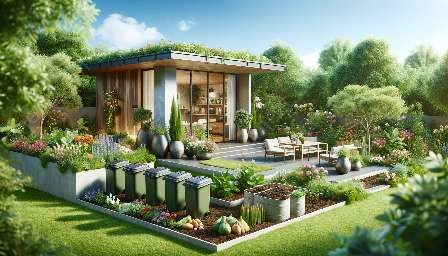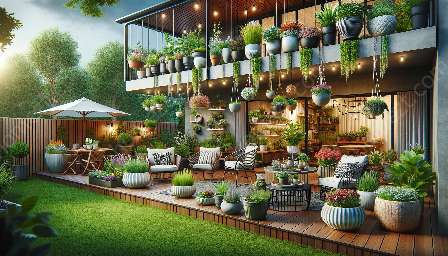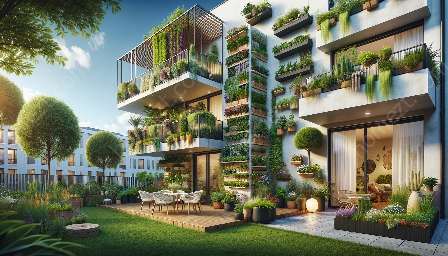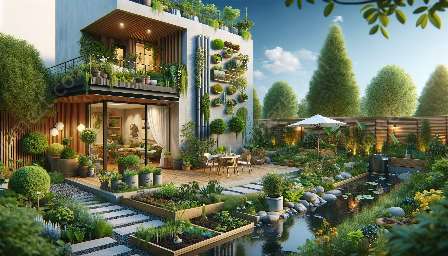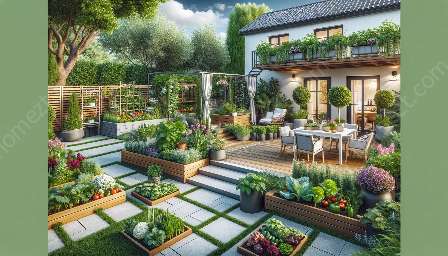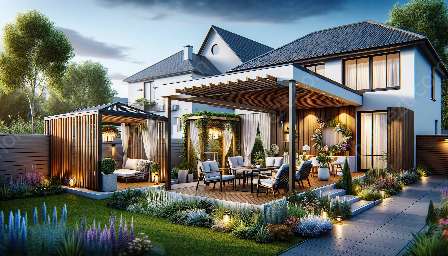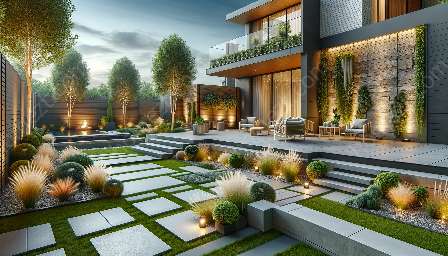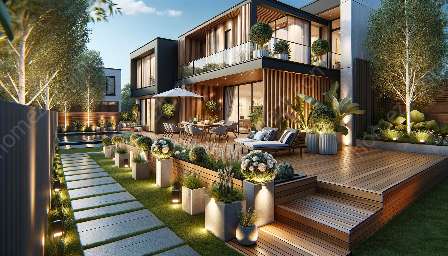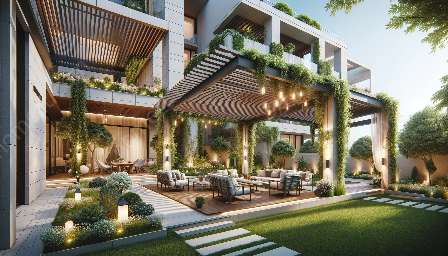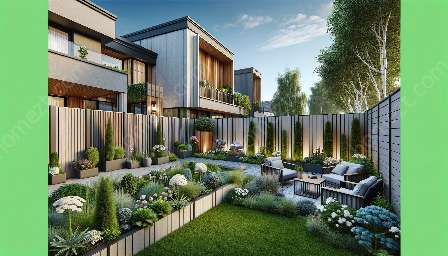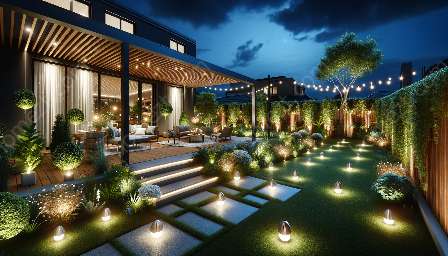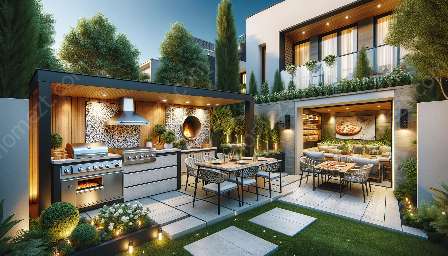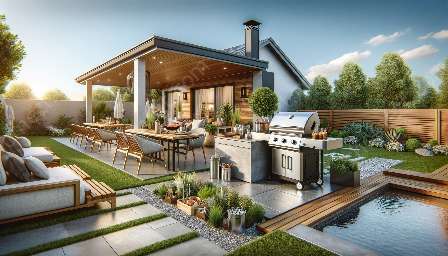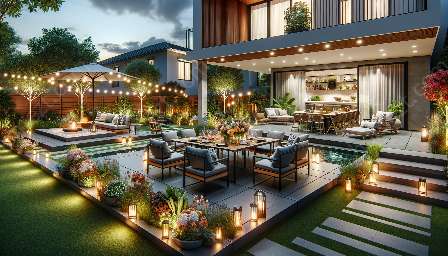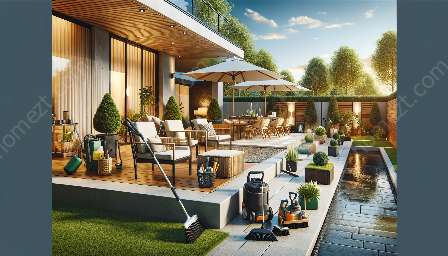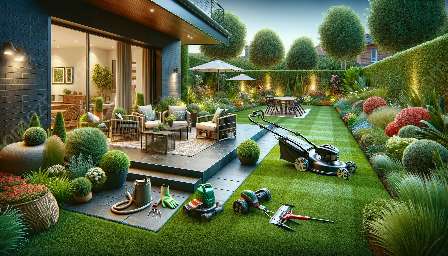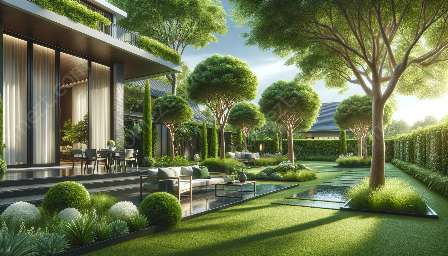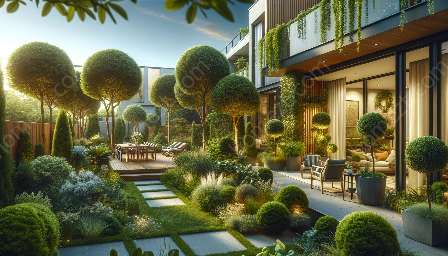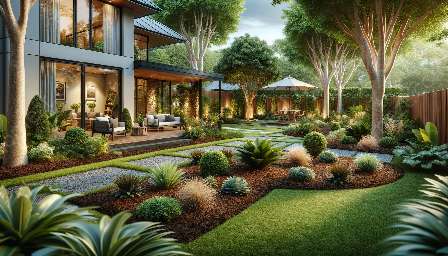Urban gardening is an innovative and sustainable way of cultivating plants in urban environments. Within the limited space of yards, patios, and home gardens, urban gardening offers the opportunity to create lively, green spaces that contribute to environmental conservation and personal well-being.
Understanding Urban Gardening
Urban gardening, also known as urban horticulture or urban agriculture, involves growing and nurturing plants in urban areas, making use of both traditional and innovative gardening techniques. It encompasses various methods such as container gardening, vertical gardening, and rooftop gardening, which enable individuals to grow a wide range of plants despite limited space constraints.
Benefits of Urban Gardening
Urban gardening offers numerous benefits, both for individuals and the environment. By utilizing small spaces effectively, urban gardening can help enhance local biodiversity, reduce the urban heat island effect, and contribute to improved air quality. Moreover, it provides an opportunity for individuals to cultivate fresh produce, herbs, and flowers, promoting a sustainable and healthy lifestyle.
Turning Your Yard into a Green Oasis
Your yard, no matter how small, can be transformed into a lush and vibrant garden through urban gardening practices. Whether it's creating a vertical garden on a fence, implementing raised bed gardening, or utilizing space-saving container gardening, there are various ways to maximize the potential of your yard for gardening.
Consider incorporating native plants that are well-adapted to your region's climate and require minimal maintenance. Additionally, employing water-efficient irrigation systems and composting organic waste can contribute to the sustainability of your yard garden.
Elevating Your Patio with Greenery
Even the smallest outdoor space, such as a patio or balcony, can be converted into a thriving garden oasis. Utilize hanging planters, vertical gardening structures, and compact planters to make the most of your patio area. Choose a variety of pots and containers to add diversity, and consider incorporating edible plants like herbs and vegetables to blend beauty with functionality.
Smart usage of vertical space, such as trellises for climbing plants or wall-mounted planters, can significantly expand the green footprint of your patio. Additionally, incorporating seating areas amidst the greenery can create a relaxing and inviting atmosphere.
Enhancing Your Home Garden
Incorporating urban gardening practices into your home garden can redefine its aesthetic appeal and functionality. Integrate raised beds to optimize planting space, and consider installing a rainwater harvesting system to support eco-friendly irrigation. Furthermore, explore the concept of edible landscaping by planting fruit trees, berry bushes, and perennial herbs alongside ornamental plants.
Utilize innovative methods such as hydroponics or aquaponics to grow plants indoors, expanding your gardening efforts beyond traditional outdoor spaces. Creating a balance between ornamental plants, edible crops, and native species can lead to a biodiverse and visually captivating home garden.
Embracing Sustainability and Creativity
By embracing urban gardening, individuals can contribute to a more sustainable and ecologically conscious urban environment. Through mindful plant selection, water conservation, and organic gardening practices, urban gardens can serve as microcosms of biodiversity within urban landscapes.
Nurture your creativity by experimenting with unconventional planting methods, repurposing materials for garden structures, and engaging in community gardening initiatives. By sharing your knowledge and experiences, you can inspire others to embark on their own urban gardening journeys, fostering a collective sense of environmental stewardship.
Ultimately, urban gardening is not only about cultivating plants; it's about cultivating a deeper connection with nature, fostering a sense of stewardship for the environment, and transforming urban spaces into sustainable, green havens.

